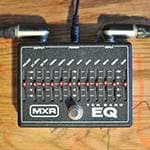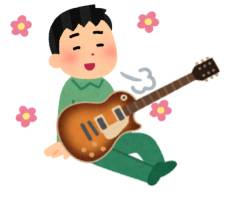
Hello, I’m Takuto Fujioka, a specialist in chiropractic care for guitarists. I hope you’re doing well!
As the title suggests, today I’d like to discuss the concept of relaxation in playing music.
The term ‘relaxation’ is often heard when playing any instrument, not just guitar. Phrases like “try playing with relaxed muscles” or “relax!” are easy to say in one sentence, but when you actually try to consciously relax, how does it go? You may find it hard to figure out how to relax your body, or even when you think you’re relaxed, there’s still some awkwardness. Many of us have probably struggled with this at some point. Relaxation can be surprisingly difficult!
When watching professional musicians perform, they seem to be effortlessly relaxed, with no unnecessary tension in their bodies. However, even when trying to relax, it might not always go smoothly. Some people end up overthinking, causing even more tension in their bodies.
First, let’s explore what relaxation really means. What does it look like to truly relax while playing an instrument, and how can we incorporate relaxation into our playing?
Part 1: What Does ‘Relaxation’ Mean?
I’ve been talking about relaxation, but what exactly does it mean to be ‘relaxed’ in our bodies when playing? Let’s start by looking at the dictionary definition.
According to the dictionary, ‘relaxation’ means “the release of tension in the body.” Pretty straightforward, right?
If your body becomes completely relaxed while playing, you might not be able to play at all! This means the way we use the word ‘relaxation’ in everyday speech differs from its meaning when applied to playing an instrument. If you misunderstand this, it can lead to thinking that relaxation means being limp or having a lazy posture, which could make you feel heavier in your body. Simply releasing tension isn’t enough.
Take, for example, the right hand in guitar playing. If you relax too much, your strumming or fingerpicking volume may become inconsistent, or the pick may slip out of place.
When we talk about relaxation in the context of playing an instrument, we are actually referring to “releasing unnecessary muscle tension.” This may sound complicated, but for me, the word ‘liberation’ captures the idea best.
Part 2: How Can You Tell If You’re Relaxed?
Let’s check if you’re truly relaxed!
The method is very simple: pick each string starting from the 6th string one by one. It’s like a basic exercise, right? Stop the pick on the string as you go.
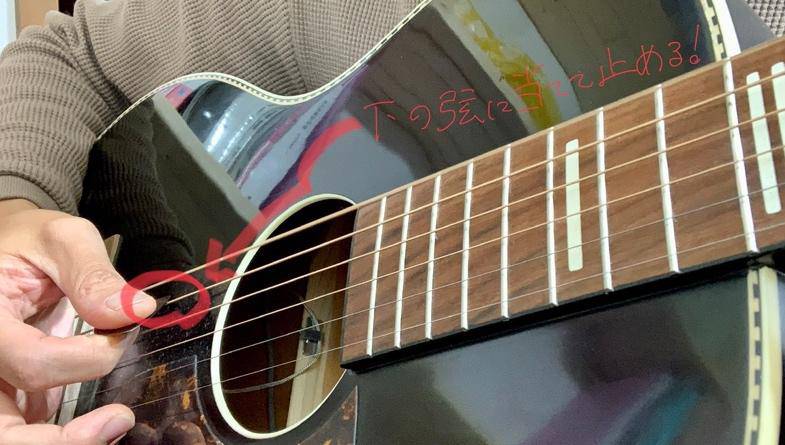
If you find that you’re also hitting the string below or that the string is buzzing due to excessive tension, then you’re holding too much unnecessary tension.
On the other hand, if the pick shifts, or the pick stops before hitting the next string, or if there’s inconsistency in the volume of the notes, then you’re not applying the necessary amount of force.
To make use of relaxation in picking, it’s important to “use the weight of your hand.”
Imagine letting the weight of your arm from the elbow down rest on the pick, and guide that weight down onto the strings. If you can use the weight of your arm effectively, the volume from the 6th string to the 1st string should be consistent, and your picking will become more stable.
This natural state is when you’ve “released tension” and achieved ‘relaxation’. At this point, not only your picking hand but also your whole body should be relaxed.
To aim for “releasing unnecessary muscle tension,” it’s crucial to be mindful of your entire body and sharpen your awareness.
This might feel difficult, but imagine sitting on a balance ball. At first, you might feel unstable, and you might move your limbs too much or try to balance with force. If even one part of your body is tense, you will feel unstable and lose balance.
But as you realize that releasing tension helps you stay balanced, you begin to control your whole body from head to toe, releasing unnecessary tension in your muscles, and eventually, you’ll find it easy to sit steadily.
This is exactly the same with playing an instrument. “Relaxation = Achieving balance”!
Part 3: How to Incorporate ‘Relaxation’ into Your Playing
This may sound complicated, but simply imagining relaxation can help. First, close your eyes and recall your body in your mind. Think of your head, followed by your neck, torso, shoulders, arms, and fingers. Your pelvis, legs, and feet should all be connected. Try to visualize the position and shape of each part of your body. Just focusing on your whole body like this will begin to release tension.
Now, apply this to your playing. Pay attention to your body while you’re playing, and observe how it feels. It’s recommended to practice in front of a mirror so you can objectively see yourself. This can help you identify any habits or tension in your body.
Think back to the balance ball example. When trying to stabilize yourself, you tend to tense up somewhere in your body. If you’re tensing unnecessarily while playing, it’s similar to trying to balance on a balance ball by using force! It means your body is in an unstable state. Once you realize why your body feels unstable, you can say that you’ve already achieved relaxation!
But don’t overthink it too much, as that could make relaxation harder! Let’s leave the complicated talk here for now!! Focus more on your senses and deep awareness (such as knowing where your hand is even with your eyes closed). You are the most familiar with your body! (^ω^)
Finally, let me introduce an exercise to help you experience proper relaxation.
Sit on a chair.
Focus on moving from your hip joints. Gently shift your body forward, backward, sideways, and diagonally. As you move in all directions slowly, you may notice a moment when your body feels lighter. When that happens, try holding that posture—you’ll likely find it easier to maintain.
Imagine tilting your body from your hip joints (around the area marked in red) and move slowly.
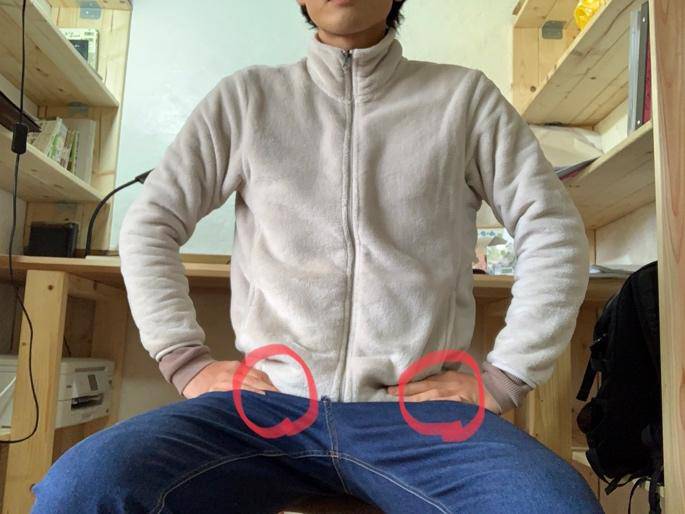
Moving forward to the left.
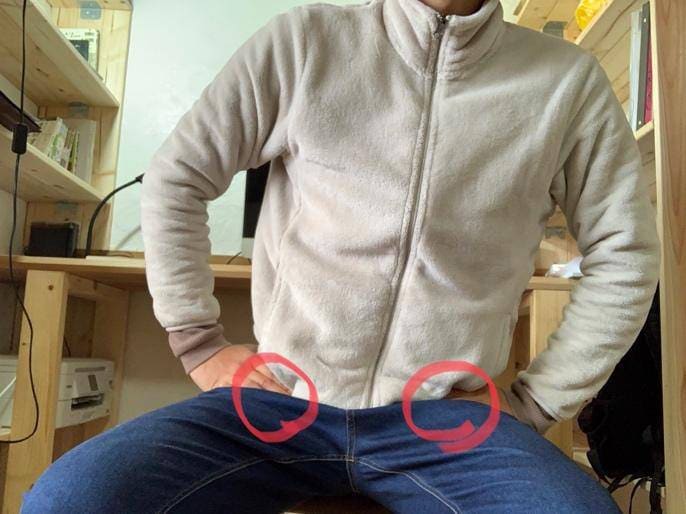
Moving backward to the right.
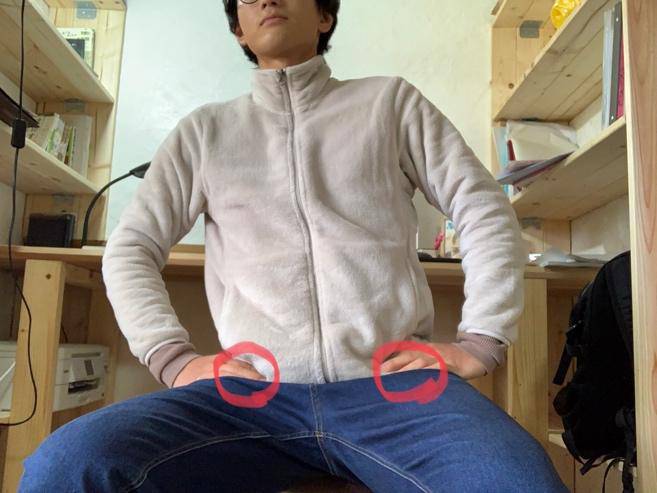
Breathe slowly and relax while doing this—it will help you feel the release of tension.
This is what it means to “release unnecessary muscle tension”! Once you become aware of this sensation, you’ll start recognizing when you’re holding unnecessary tension and gradually gain control over your relaxation. Try incorporating this awareness into your daily life!
How was that?
I hope this was helpful in some way.
See you next time!
The “sound & person” column is made up of contributions from you.
For details about contributing, click here.






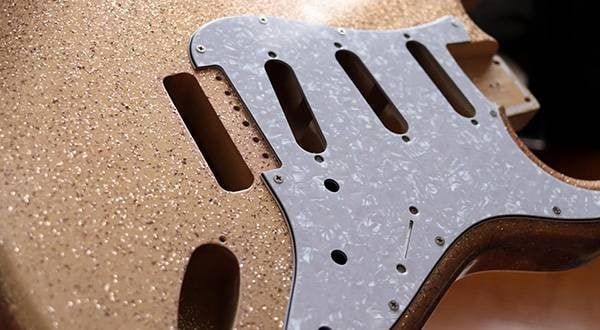
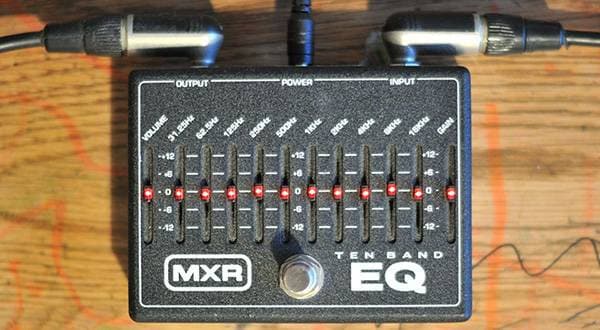


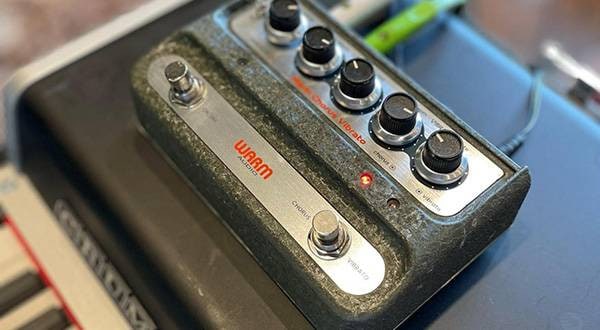
![[Enjoy the Ukulele Even More!] Practice that You Can Do Even Without Your Ukulele](/contents/uploads/thumbs/5/2022/1/20220131_5_16448_1.jpg)
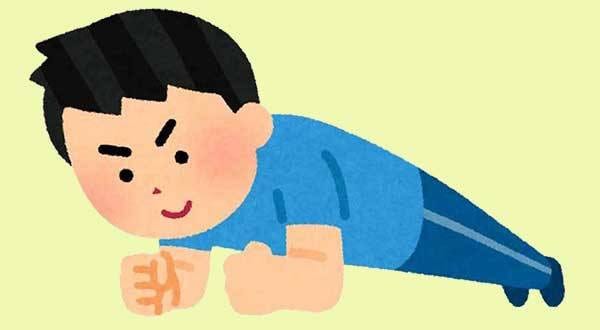
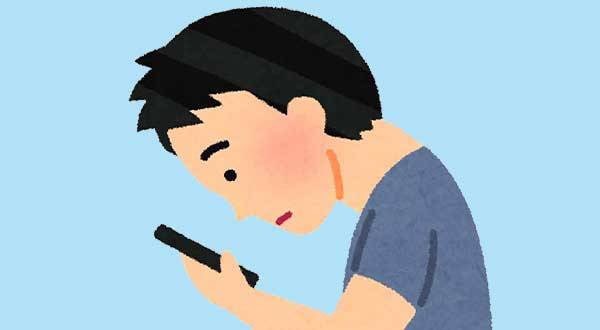
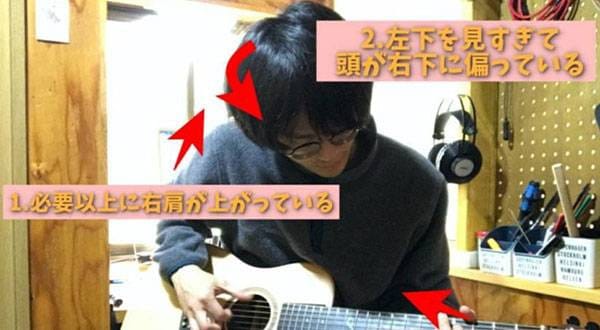
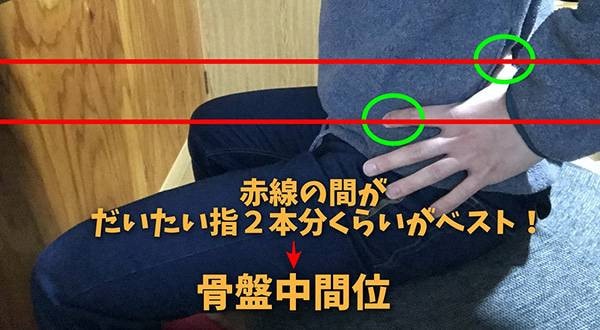

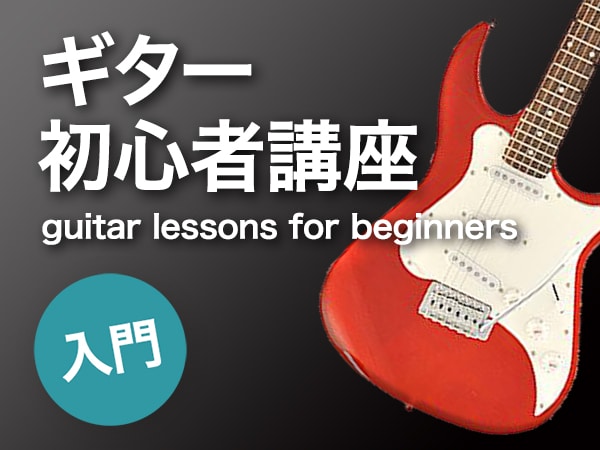 ギター 初心者講座
ギター 初心者講座
 ギターの種類
ギターの種類
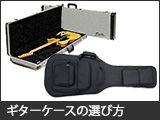 ギターケースの選び方
ギターケースの選び方
 ギターの選び方
ギターの選び方
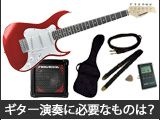 ギター演奏に必要なものは?
ギター演奏に必要なものは?
 ギタースタートガイド
ギタースタートガイド

